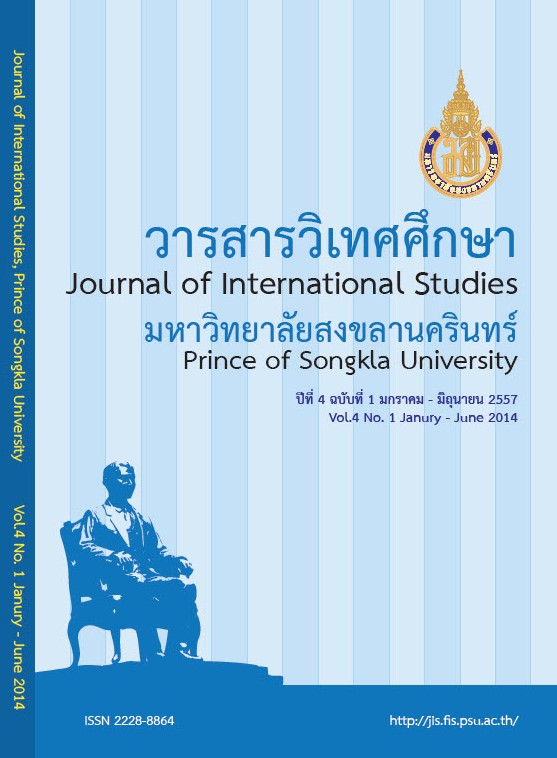Two Basic Questions on Phonetic Experimental Analysis
Main Article Content
Abstract
Normalization processing is the basis for phonetic fundamental frequency analysis. The original value enters the
standard space through the translation of frequency and the compression and expansion of frequency range, during which the logarithmic transformation of frequency and the determination methods of frequency range are the decisive factors of the effect of normalization. Chinese initials, either voiced or voiceless, carry no tone information, while consonant endings act as the major tone carriers. Formant distribution bears a close relation to the tongue
position of vowels; therein the first formant (F1) frequency is negatively related to the height of tongue position and the second formant (F2) frequency is positively related to the front-and-back of tongue position. In Chinese, the first formants (F1) the two tongue-tip vowels are consistent, while F2 and F3 of the flat-tongue vowels stay adjacent to each other, but F2 and F3 of the rolling-tongue vowels are distant.
Article Details
Statements and opinions expressed in articles herein are those of the authors and do not necessarily reflect the position of the editors or publisher.
Article, information, text, image, etc. which are published in Journal of International Studies, belong to Journal of International Studies. If anybody or any organization would like to use part or whole of them, they must receive written permission from Journal of International Studies before usage.


